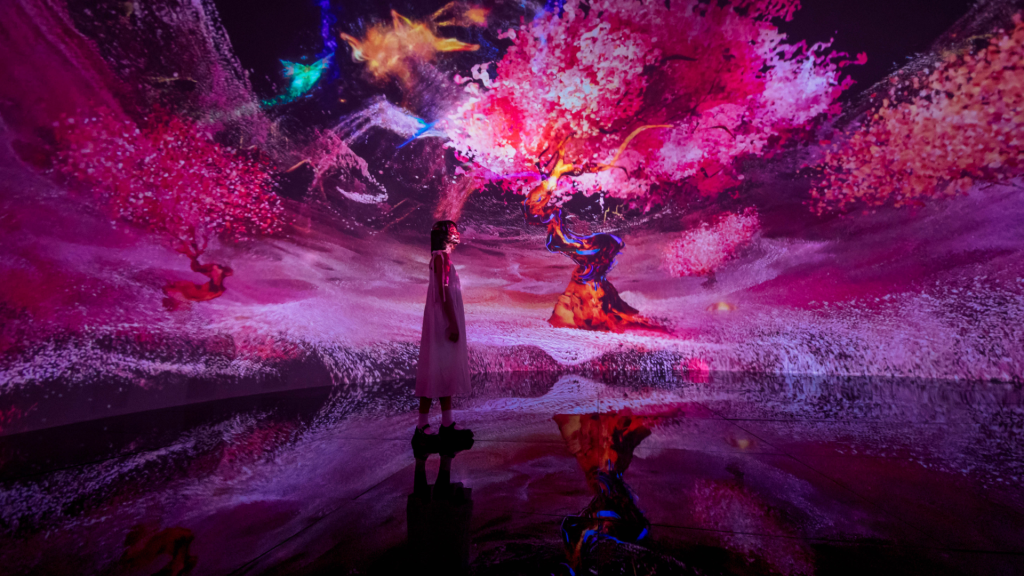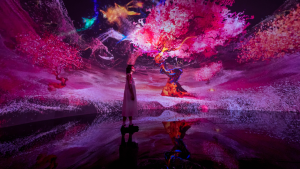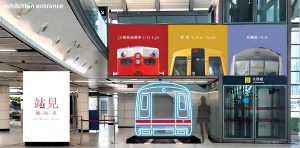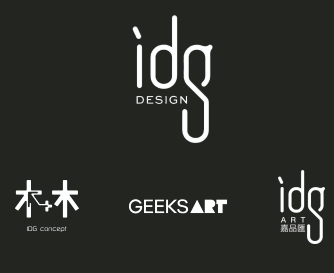The Evolution and Innovation of Public Art in Hong Kong
Hong Kong is a vibrant metropolis where East meets West, and its public art scene is a testament to this unique cultural fusion. From traditional sculptures to cutting-edge digital installations, the city’s public art offerings are as diverse as its population. This blog will delve into the rich tapestry of public art in Hong Kong, exploring its evolution, significance, and the exciting innovations that are transforming the urban landscape.
Public Art: A Catalyst for Community Engagement
Public art in Hong Kong has always played a crucial role in community engagement. The city’s first sculpture park, Harbour Arts Sculpture Park, set against the dramatic backdrop of Victoria Harbour, exemplifies this. The park features works by renowned artists such as Yayoi Kusama and Antony Gormley, making art accessible to all and fostering a sense of communal ownership and pride. These installations are not just visual spectacles; they are conversation starters, inviting locals and tourists alike to ponder and discuss the themes they represent.
The Rise of Digital and Light Art Installations
In recent years, digital art and light installations have become prominent in Hong Kong’s public art scene. Events like the Lumieres Hong Kong festival showcase how light art can transform public spaces into mesmerizing, interactive experiences. These installations use cutting-edge technology to create immersive environments that captivate audiences and redefine the possibilities of public art. The integration of augmented reality (AR) and virtual reality (VR) further pushes these boundaries, allowing for dynamic and evolving artistic expressions that engage the public in new and innovative ways.
Digital Innovation in Public Art: The Future is Now
Digital innovation is not just a trend but a significant shift in how public art is conceived and experienced in Hong Kong. Interactive installations that respond to viewers’ movements and digital displays that change based on real-time data are becoming increasingly common. These technologies make art more accessible and participatory, breaking down the barriers between the artwork and the audience. This shift is evident in projects like the interactive murals of Art Lane and the augmented reality experiences offered at various public art festivals.
Immersive Art Experiences: Bridging Reality and Imagination
Immersive art experiences are at the forefront of public art innovation in Hong Kong. These installations often blend physical and digital elements to create environments that transport viewers into alternate realities. For instance, the M+ museum’s use of VR allows visitors to step inside the artworks, offering a deeper understanding and appreciation of the pieces. Such experiences not only enhance engagement but also challenge traditional notions of art and space.
Public Art in Hong Kong: A Reflection of Cultural Identity
Public art in Hong Kong is deeply intertwined with the city’s cultural identity. It reflects the history, struggles, and aspirations of its people. From politically charged murals to sculptures that celebrate local heritage, public art serves as a powerful medium for expression and reflection. As Hong Kong continues to evolve, so too does its public art, constantly adapting to and reflecting the changing social and cultural landscape.
Conclusion
Hong Kong’s public art scene is a dynamic and ever-evolving tapestry that blends tradition with innovation. From traditional sculptures to cutting-edge digital and light installations, public art in Hong Kong continues to engage, inspire, and challenge both locals and visitors. As the city embraces new technologies and artistic expressions, it reaffirms its position as a global cultural hub, where art is not confined to galleries but thrives in the public realm, accessible to all.




